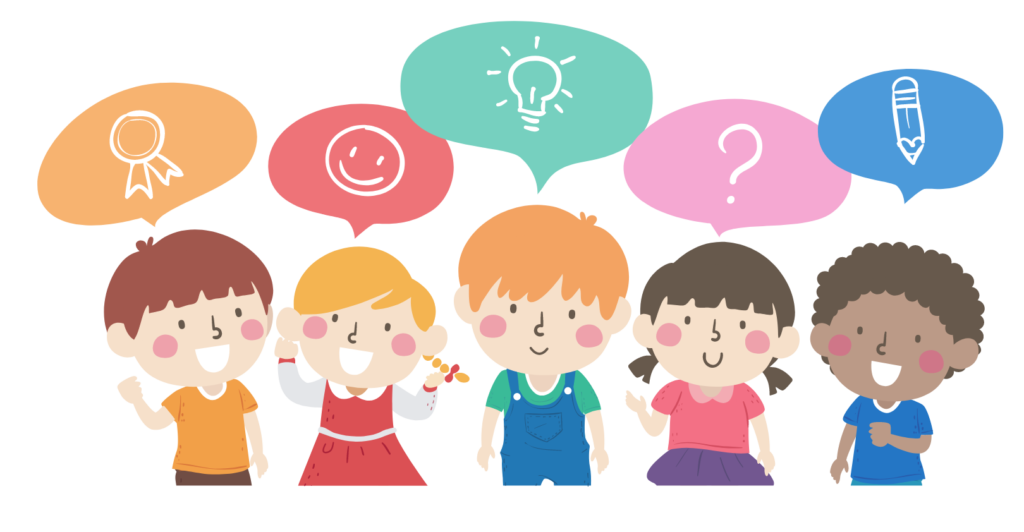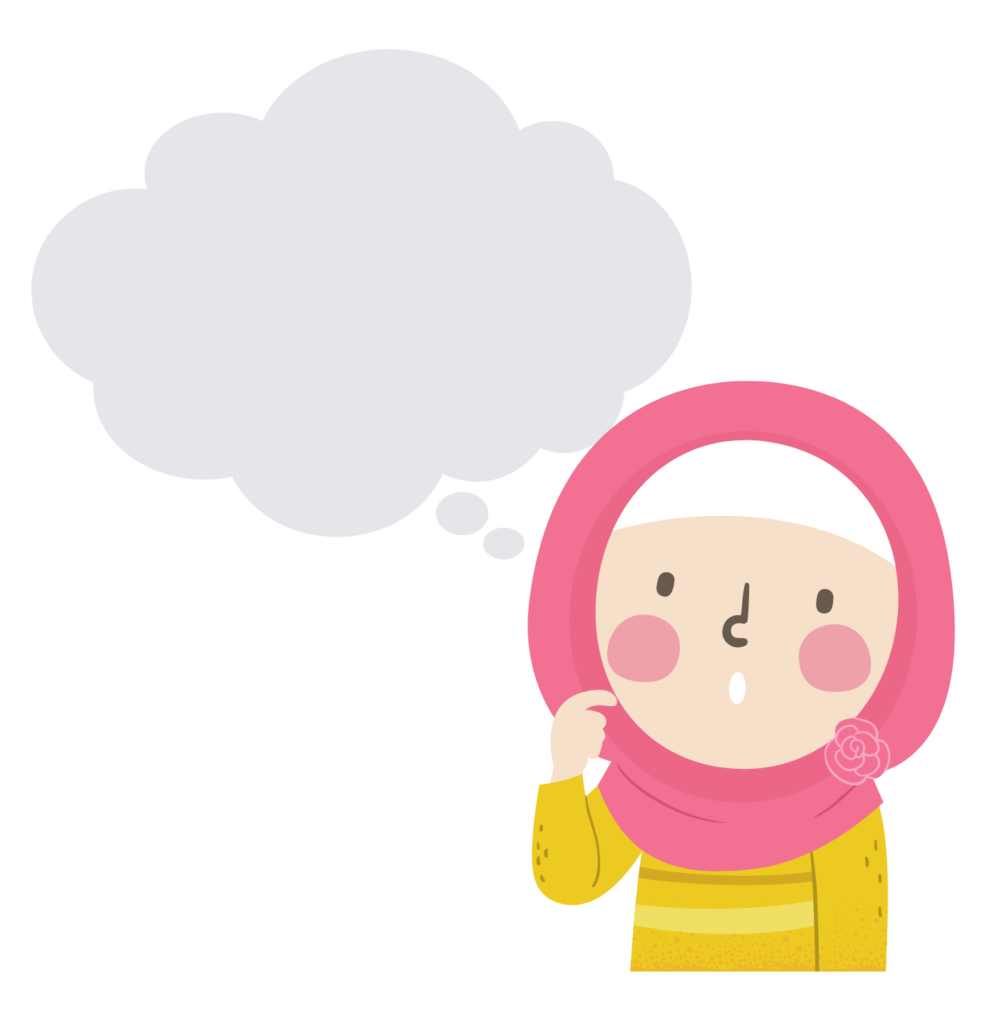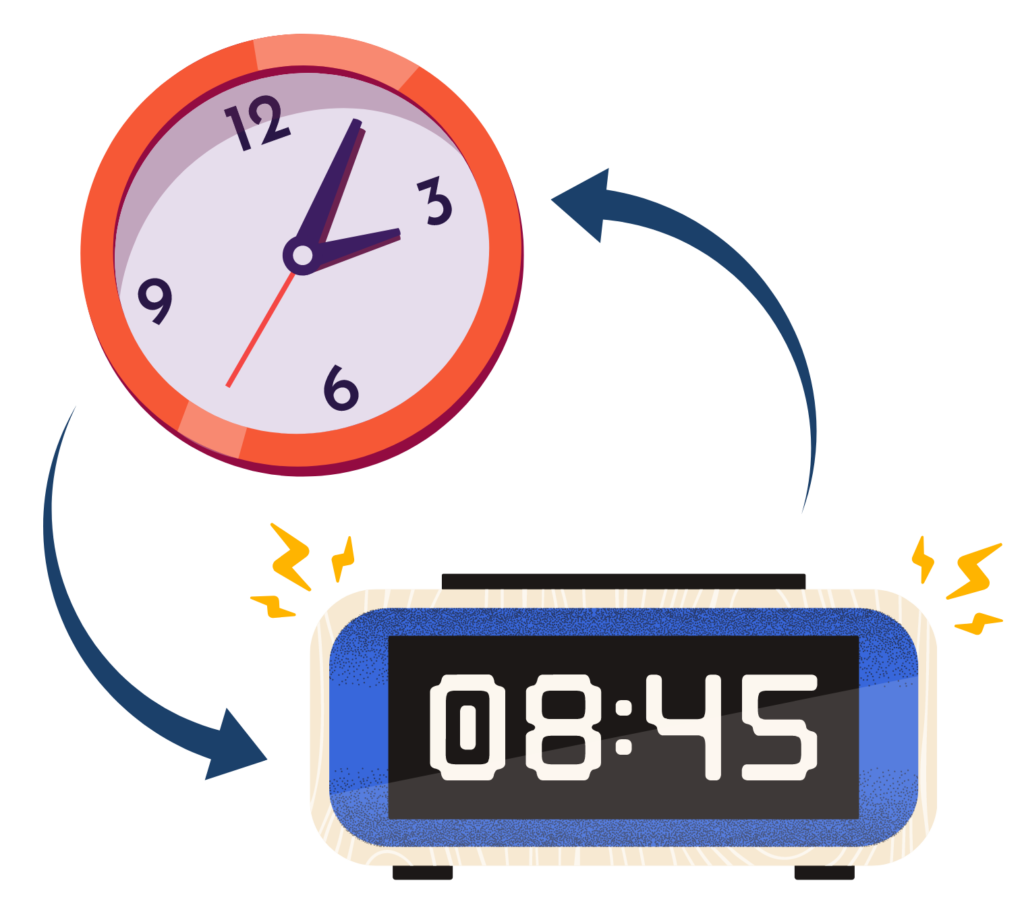Generalization: The importance of changing things up!
Written by Grandview Kids Autism Therapy Assistant Samantha
Generalization in Applied Behaviour Analysis (ABA) is the ability to transfer learned skills to new environments and situations. This could involve learning with new people, learning in a new setting or with new materials.

If a child can only tie their shoes if they have specific shoes when they are at home with their parents, what happens when they get a new pair of shoes or are at school with a teacher?
People assume that once a skill is learned, it is learned everywhere; however, this is not the case. This post will explain the importance of generalization in ABA and ways we can incorporate it in our teaching steps as parents and clinicians to make skills last over time!
Why is generalization important?
Children often can complete a specific skill or task in a specific environment where it was initially taught (e.g., in a therapy room with their therapist). Although this may be accepted initially, children should be taught to transfer these skills to different situations and contexts for skills to last over time. This transfer of skills to novel environments ensures that the learner will be able to complete the skills in the natural environment, which in turn allows for more independence.
When should we start teaching generalization?
Parents and clinicians should start incorporating generalization at the beginning of teaching a new skill. It shouldn’t be an afterthought!

Different ways to promote generalization when teaching
1. Changing up your instructions
If we are teaching a child to sit down when we give an instruction, we may say “come sit,” “go sit,” “sit in your chair,” or “sit at your desk.” Changing up the wording of your instructions allows the child not to get stuck on one instruction as not everyone will say it the same way in their environment.
2. Use different materials
When teaching a child to do up their coat, we may teach them with buttons, zippers and snaps. This allows the child to independently do up their coat no matter what type of coat it is. Another example would be teaching a child to tell time using various digital clocks and a variety of analog clocks. Teaching with various materials allows for the transfer of the skill of time-telling to all kinds of clocks!

3. Have different people teach the skill
Often children will only complete a skill if it is with their therapist or parent. Switching up the person giving the instruction or being present while completing the skill allows the child to learn the skill with several people.
4. Teach in different settings and locations
Teaching a child to complete skills in different settings allows the child to complete the skill when in different locations independently. For example, if we are teaching a child to go to the bathroom, we want to expose them to various bathrooms (e.g., upstairs bathroom, downstairs bathroom, school bathroom, and public bathrooms).

The importance of generalization
It is vital to change things up when teaching, so children don’t get stuck on doing things in a certain way. Promoting generalization from the beginning of teaching will help children transfer newly learned skills to various new environments and make these skills last over time!
Check out more Grandview Kids articles
- Team Grandview achieves Accreditation with Exemplary Standing, receiving a perfect score
- “Grandview Kids became my life raft” – International Day for People with Disabilities
- December: Dates of Significance
- From the search for support to finding a village: Celebrating Giving Tuesday
- Scarlett sparkles with hope in every step: Grandview Kids 2025 Holiday Campaign
